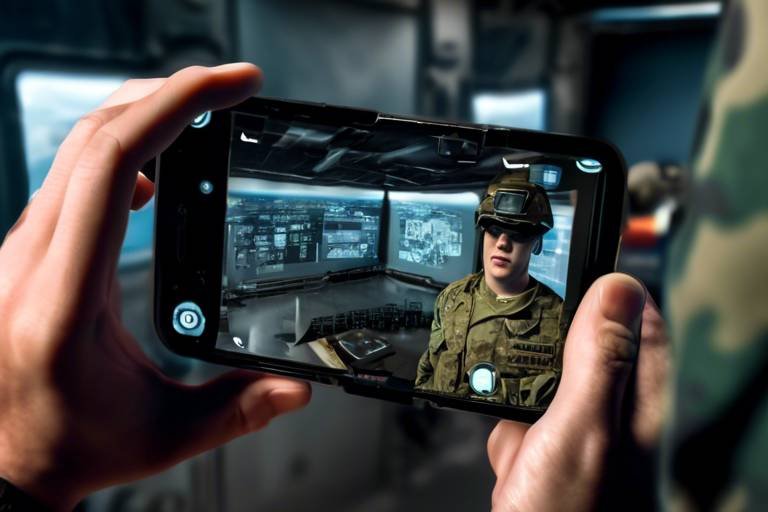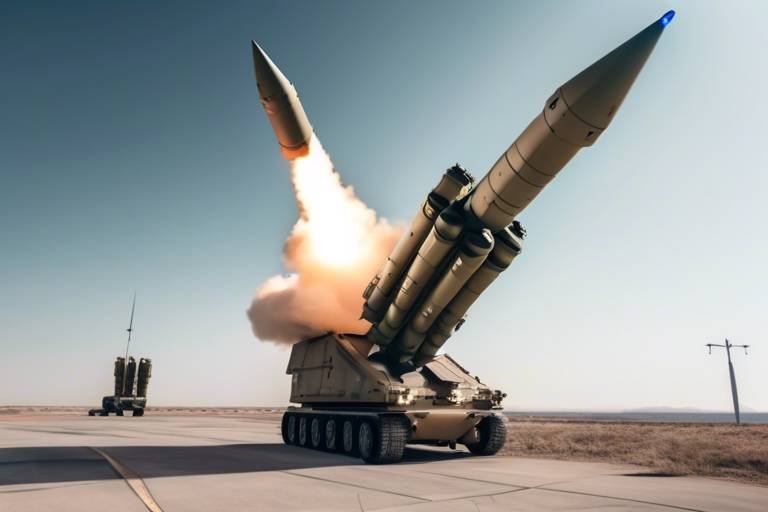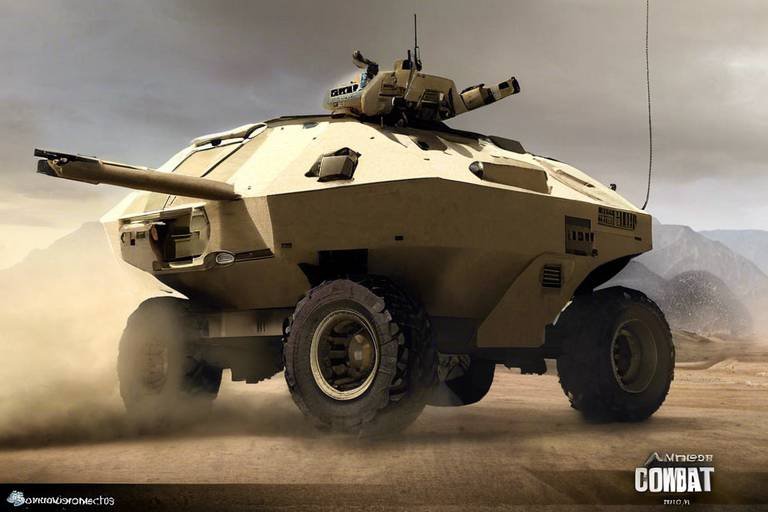The Role of Advanced Robotics in Military Operations
The landscape of military operations is undergoing a remarkable transformation, thanks to the advent of advanced robotics. These technological marvels are not just tools; they are redefining the way armed forces approach warfare, logistics, and surveillance. Imagine a battlefield where drones zip through the sky, ground robots navigate treacherous terrains, and underwater drones explore depths that humans cannot reach. This is the new reality, and it brings with it a plethora of applications, benefits, and even challenges that need to be addressed.
At the heart of this revolution is the ability of robotics to enhance defense capabilities while simultaneously improving operational efficiency. From unmanned aerial vehicles (UAVs) conducting surveillance missions to ground robots aiding in logistics and bomb disposal, the military is leveraging these technologies to gain a strategic edge. But as with any innovation, the integration of robotics into military operations is not without its hurdles. Issues such as technical reliability, ethical dilemmas, and the need for robust operational protocols must be navigated carefully.
As we delve deeper into the world of military robotics, we will explore their evolution, the different types of robots in use, their myriad benefits, and the challenges they face. We will also look ahead to the future, where advancements in artificial intelligence and collaborative systems promise to further revolutionize military operations. So, buckle up as we embark on this enlightening journey through the fascinating intersection of technology and warfare!
- What are military robots used for? Military robots are primarily used for surveillance, reconnaissance, logistics, bomb disposal, and combat operations.
- How do UAVs enhance military operations? UAVs provide real-time data, reduce the risk to human pilots, and can conduct precision strikes with minimal collateral damage.
- What are the ethical concerns surrounding military robotics? Ethical concerns include the accountability of autonomous weapons and the implications for decision-making in warfare.
- What is the future of military robotics? The future includes advancements in artificial intelligence and collaborative systems that allow for seamless integration between human operators and robots.
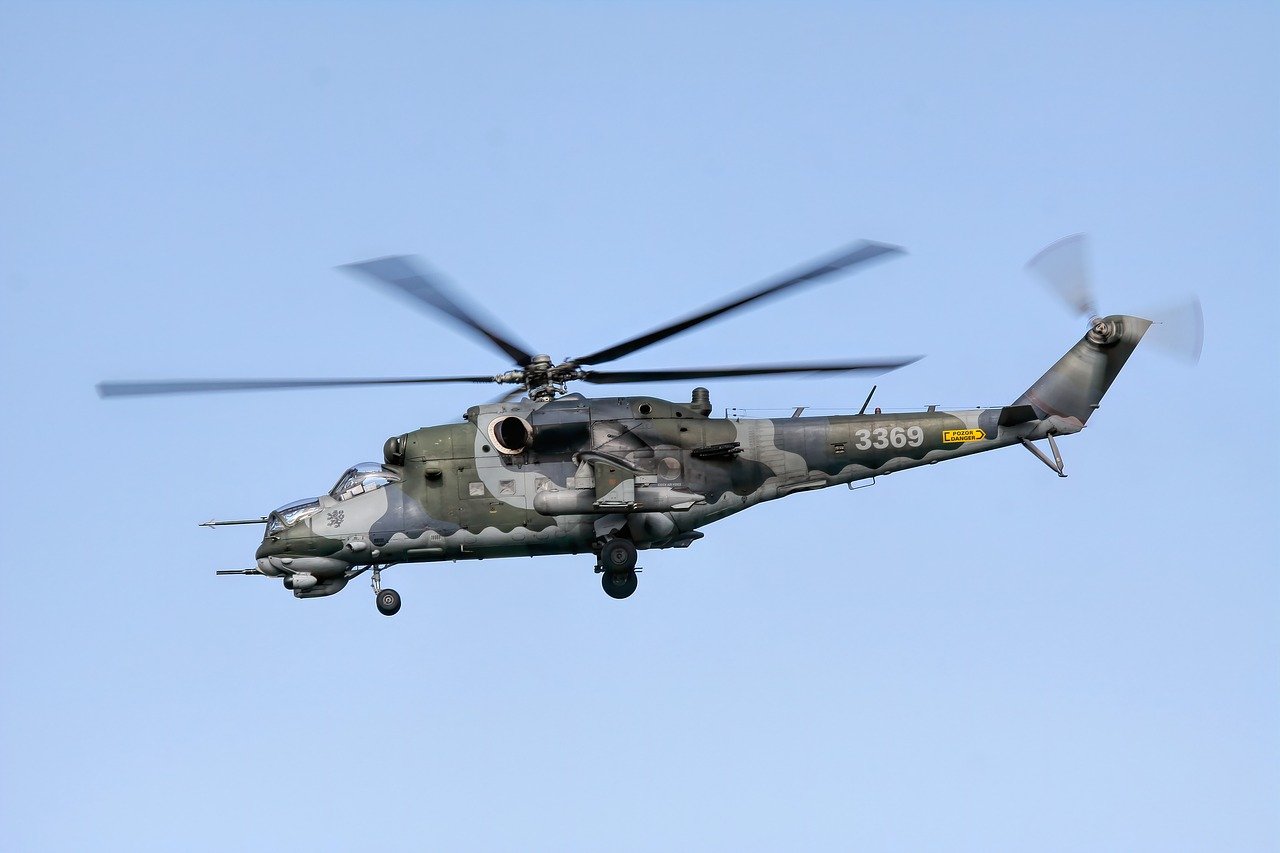
Evolution of Military Robotics
The journey of military robotics is nothing short of fascinating, akin to a sci-fi movie unfolding in real life. It all began in the early 20th century when the concept of automating tasks in warfare first took root. The initial strides were modest, with rudimentary machines designed to assist in logistics and reconnaissance. Fast forward to today, and we find ourselves in an era where advanced robotics are indispensable in military operations, revolutionizing how wars are fought and won.
During World War II, the idea of using technology for warfare gained momentum. The development of early drones, like the Radioplane OQ-2, marked a significant milestone. These unmanned aerial vehicles (UAVs) were primarily used for target practice, but they laid the groundwork for what was to come. The Cold War further accelerated advancements in military robotics, leading to the introduction of more sophisticated UAVs and ground robots, which began to take on more complex roles.
As we moved into the 21st century, the integration of robotics into military operations became more pronounced. The rise of the Internet and advancements in computing power facilitated the development of drones capable of real-time surveillance and precision strikes. Today, military robots come in various shapes and sizes, from unmanned ground vehicles (UGVs) designed for bomb disposal to underwater drones used for reconnaissance missions in hostile territories.
To give you a clearer picture, here’s a brief timeline of key milestones in the evolution of military robotics:
| Year | Milestone |
|---|---|
| 1940s | Development of the first UAVs during WWII |
| 1960s | Introduction of remote-controlled drones for reconnaissance |
| 1990s | Deployment of UAVs in the Gulf War for intelligence gathering |
| 2000s | Advancements in AI leading to autonomous military robots |
| 2020s | Integration of collaborative systems combining human operators and robots |
As we look ahead, the evolution of military robotics continues to be driven by innovations in artificial intelligence and machine learning. These technologies are not just enhancing the capabilities of existing robots; they are redefining what is possible on the battlefield. Imagine a future where robots can operate autonomously, making split-second decisions in high-stakes environments, significantly reducing the risk to human soldiers.
In conclusion, the evolution of military robotics is a testament to human ingenuity and the relentless pursuit of safety and efficiency in warfare. As technology continues to advance, we can expect military robots to play an even more critical role in shaping the future of defense operations.
- What are military robots primarily used for? Military robots are used for various tasks, including surveillance, reconnaissance, logistics, bomb disposal, and combat operations.
- How have military robots changed warfare? Military robots have increased operational efficiency, reduced human risk, and allowed for more precise military actions, thus transforming traditional warfare strategies.
- What are the ethical concerns surrounding military robotics? Ethical concerns include the potential for autonomous weapons to make life-and-death decisions, accountability for actions taken by robots, and the implications of reducing human involvement in warfare.

Types of Military Robots
Military robotics has evolved into a sophisticated field, giving rise to various types of robots that play critical roles in modern warfare. These machines are designed to perform specific functions that enhance operational efficiency, reduce human risk, and improve overall mission success rates. The primary categories of military robots can be broadly classified into three main types: Unmanned Aerial Vehicles (UAVs), Ground Robots, and Underwater Drones. Each of these categories serves unique purposes and has distinct operational capabilities that make them invaluable assets on the battlefield.
Unmanned Aerial Vehicles, often referred to as UAVs, have gained significant attention for their versatility and effectiveness in various military operations. They are primarily used for surveillance, reconnaissance, and even combat operations. UAVs can fly at high altitudes, providing military commanders with real-time data and situational awareness, which is crucial for making informed decisions. Additionally, their ability to carry out precision strikes allows for targeted operations while minimizing collateral damage.
On the ground, Ground Robots have emerged as essential tools for various military tasks. These robots are designed to operate in challenging environments, performing functions such as logistics support, bomb disposal, and reconnaissance missions. For instance, bomb disposal robots can safely defuse explosives, thereby protecting human personnel from potential threats. Their adaptability and robustness make them ideal for navigating complex terrains and executing tasks that would be dangerous for soldiers.
Lastly, Underwater Drones have become increasingly important in naval operations. These drones are utilized for tasks such as surveillance, mine detection, and reconnaissance. With the ability to operate stealthily beneath the surface, underwater drones provide a strategic advantage in maritime warfare, allowing for intelligence gathering without detection. They can be equipped with advanced sensors and cameras, enabling them to collect valuable data in hostile environments.
| Type of Military Robot | Primary Functions | Advantages |
|---|---|---|
| Unmanned Aerial Vehicles (UAVs) | Surveillance, Reconnaissance, Combat Operations | Real-time data, Reduced risk to pilots, Precision strikes |
| Ground Robots | Logistics, Bomb Disposal, Reconnaissance | Adaptability, Safety in hazardous environments |
| Underwater Drones | Surveillance, Mine Detection, Reconnaissance | Stealth operations, Valuable intelligence gathering |
In conclusion, the integration of various types of military robots into modern warfare signifies a pivotal shift in how military operations are conducted. These machines not only enhance operational capabilities but also play a crucial role in safeguarding human lives. As technology continues to advance, we can expect to see even more innovative applications of military robotics, further transforming the landscape of defense operations.
- What are UAVs used for in the military? UAVs are primarily used for surveillance, reconnaissance, and targeted combat operations, providing real-time intelligence to military commanders.
- How do ground robots contribute to military operations? Ground robots assist in logistics, bomb disposal, and reconnaissance, reducing the risk to human soldiers in dangerous situations.
- What advantages do underwater drones offer? Underwater drones provide stealthy surveillance and reconnaissance capabilities, allowing for intelligence gathering without detection in maritime environments.
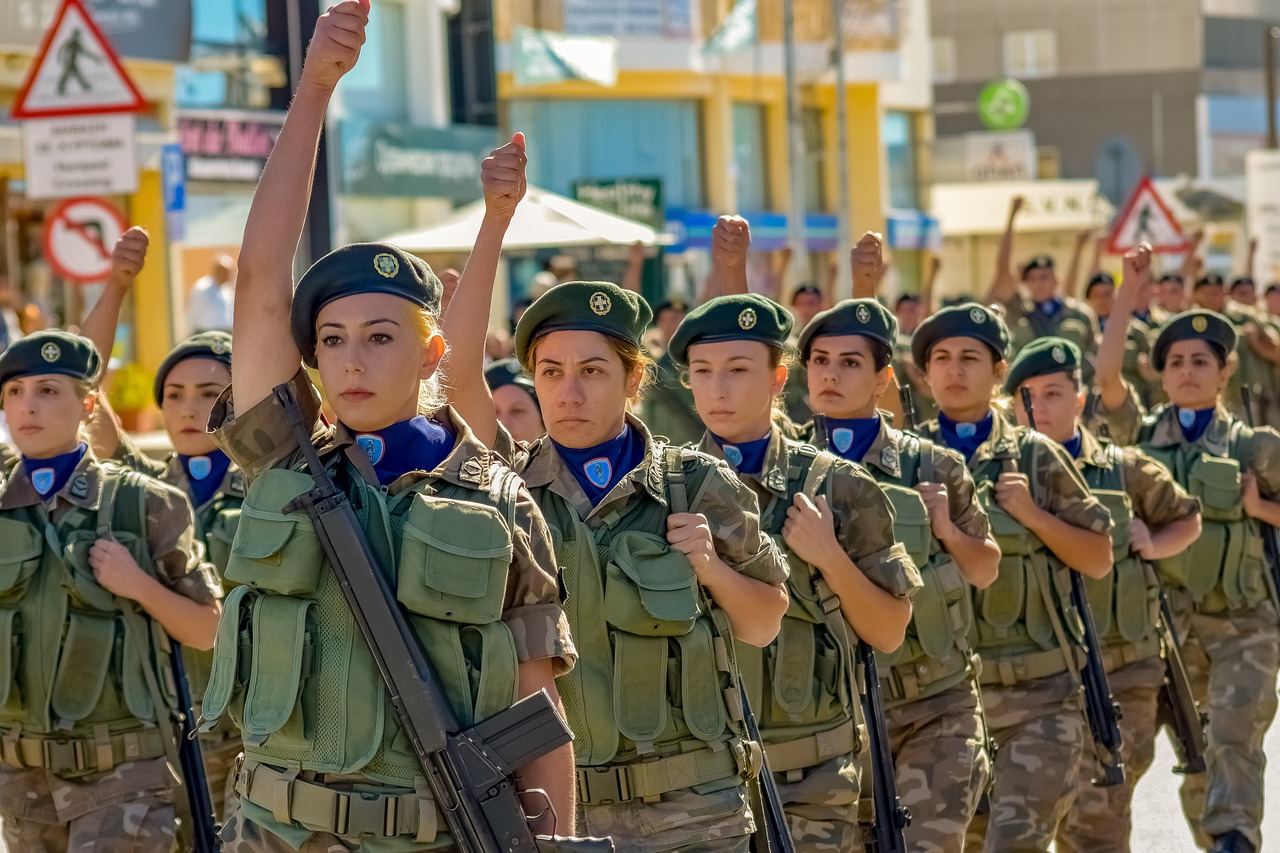
Unmanned Aerial Vehicles (UAVs)
Unmanned Aerial Vehicles, commonly known as UAVs, have revolutionized modern military operations, offering unprecedented capabilities in surveillance, reconnaissance, and combat. These flying robots operate without a human pilot onboard, which allows military forces to conduct missions in areas that would be too dangerous or impractical for manned aircraft. The evolution of UAV technology has led to a diverse range of applications, making them an indispensable asset on the battlefield.
One of the primary uses of UAVs is in surveillance and reconnaissance. Equipped with advanced sensors and cameras, UAVs can gather real-time intelligence, providing military commanders with crucial situational awareness. For instance, they can monitor enemy movements, assess damage after an airstrike, and even assist in search and rescue operations. This capability significantly enhances decision-making processes, allowing commanders to act swiftly and effectively based on accurate data.
In addition to surveillance, UAVs play a pivotal role in combat operations. They can carry out precision strikes against high-value targets while minimizing the risk to human pilots. The ability to conduct these strikes remotely not only reduces the potential for casualties among military personnel but also lowers the chances of collateral damage. For instance, UAVs can be deployed to eliminate threats in urban environments where civilian presence is high, making them vital for modern warfare strategies.
Moreover, the operational flexibility of UAVs is a game changer. They can be deployed for various missions, ranging from intelligence gathering to combat support. With the integration of advanced technologies such as artificial intelligence, UAVs are becoming increasingly autonomous, allowing them to adapt to changing battlefield conditions. This adaptability is crucial in dynamic combat environments where rapid decision-making can mean the difference between success and failure.
Despite their advantages, the use of UAVs also raises important questions about ethical considerations and accountability. As these machines become more autonomous, the potential for unintended consequences grows. Military planners must navigate these challenges carefully to ensure that the use of UAVs aligns with international laws and ethical standards.
- What are UAVs? UAVs, or Unmanned Aerial Vehicles, are aircraft that operate without a human pilot onboard, often used for military purposes such as surveillance and combat.
- How do UAVs enhance military operations? UAVs provide real-time intelligence, reduce risks to human pilots, and allow for precision strikes, significantly improving operational efficiency.
- What are the ethical concerns associated with UAVs? The use of UAVs raises questions about accountability, the potential for collateral damage, and the implications of autonomous decision-making in warfare.
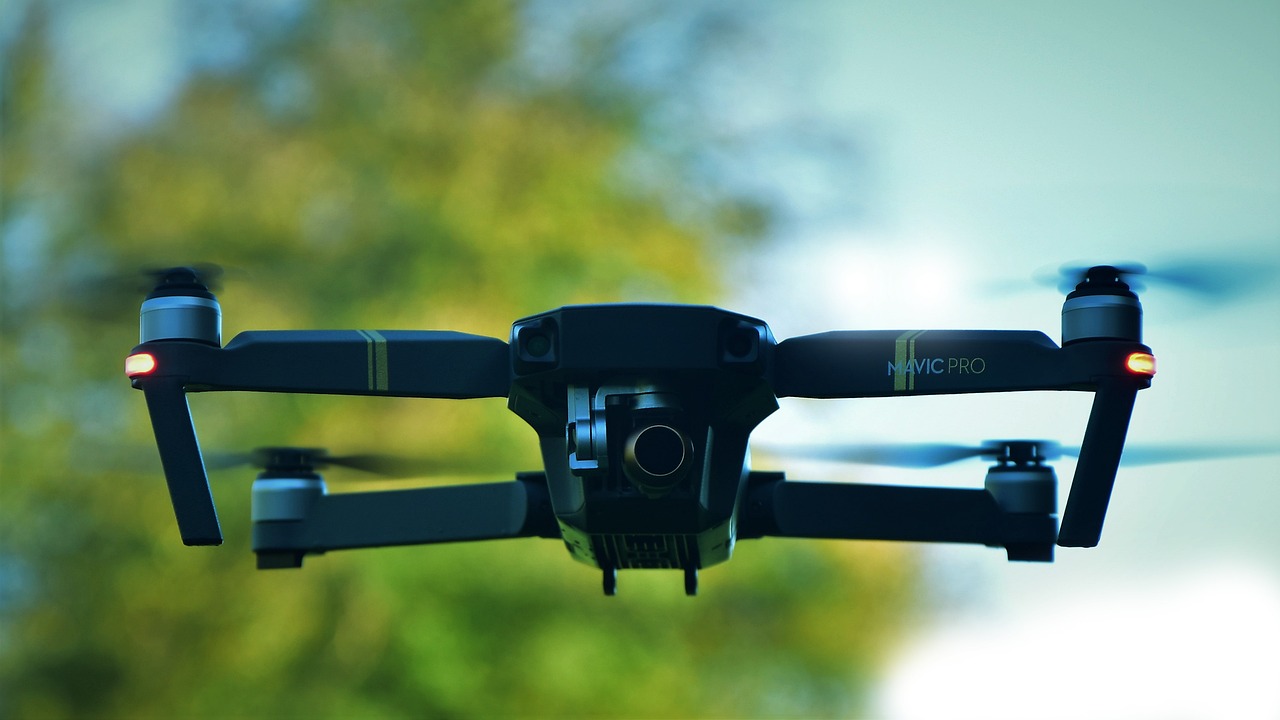
Surveillance and Reconnaissance
In the realm of modern warfare, have become pivotal components of military strategy, and unmanned aerial vehicles (UAVs) are at the forefront of this evolution. These advanced machines have revolutionized the way intelligence is gathered, providing military commanders with real-time data that enhances situational awareness on the battlefield. Imagine having a bird's-eye view of enemy movements without putting a single soldier at risk. That's the power of UAVs!
UAVs serve multiple roles in surveillance and reconnaissance, making them indispensable tools for military operations. They can fly at various altitudes, allowing for flexible observation of different terrains and environments. Whether it's monitoring a vast desert landscape or navigating through dense urban areas, UAVs are equipped with advanced sensors and cameras that capture high-resolution images and video. This capability not only assists in identifying enemy positions but also aids in assessing the overall battlefield landscape.
The integration of real-time data transmission has further enhanced the effectiveness of UAVs. Commanders receive live feeds that allow them to make informed decisions quickly. For example, if a UAV detects an unexpected troop movement, commanders can act swiftly to reposition their forces or adjust their strategies. This immediacy is crucial in combat situations where every second counts.
Additionally, UAVs can operate in environments that are too dangerous for human personnel. They can be deployed in areas with high enemy activity or hazardous conditions, such as chemical or biological threats. This capability significantly reduces the risk to human life while ensuring that intelligence-gathering operations continue uninterrupted.
The effectiveness of UAVs in surveillance and reconnaissance can be summarized in the following key points:
- Real-Time Intelligence: UAVs provide immediate data to commanders, enabling rapid decision-making.
- Risk Reduction: They operate in dangerous environments, minimizing the risk to soldiers.
- High-Resolution Imaging: Equipped with advanced sensors, UAVs capture detailed images and videos.
- Versatility: UAVs can adapt to various terrains and missions, making them highly effective.
In conclusion, the role of UAVs in surveillance and reconnaissance is a game-changer for military operations. Their ability to gather critical intelligence while keeping personnel safe underscores the transformative impact of advanced robotics in modern warfare. As technology continues to evolve, we can only expect UAVs to become even more sophisticated, providing military forces with unparalleled advantages on the battlefield.
Q1: How do UAVs improve surveillance capabilities?
A1: UAVs enhance surveillance by providing real-time data and high-resolution imagery, allowing commanders to monitor enemy movements and assess the battlefield effectively.
Q2: What are the risks associated with using UAVs?
A2: While UAVs reduce the risk to human soldiers, challenges include potential technical malfunctions, cybersecurity threats, and ethical considerations regarding their use in warfare.
Q3: Can UAVs operate in adverse weather conditions?
A3: Many modern UAVs are designed to withstand various weather conditions, although extreme weather can still impact their performance and operational effectiveness.
Q4: Are UAVs used for purposes other than military operations?
A4: Yes, UAVs are also utilized for commercial applications such as agriculture, wildlife monitoring, disaster response, and infrastructure inspection.

Combat Operations
When we think about the battlefield today, the image is no longer just a chaotic scene of soldiers and tanks; instead, it includes an array of advanced robotics that are revolutionizing combat operations. Unmanned Aerial Vehicles (UAVs), commonly known as drones, have become a cornerstone of modern warfare, providing capabilities that were once the stuff of science fiction. These flying machines are not just for show; they play a critical role in executing precision strikes while minimizing risks to human life.
Imagine a scenario where a military commander needs to gather intelligence before launching an operation. Instead of sending in troops, they can deploy a UAV to survey enemy positions from above. This allows for real-time analysis and decision-making, drastically increasing the chances of mission success. The ability to gather data without putting soldiers in harm's way is one of the most significant advantages of using UAVs in combat operations.
Moreover, UAVs excel in conducting precision strikes against high-value targets. Unlike traditional airstrikes, which can often result in collateral damage, drones can be equipped with advanced targeting systems that ensure minimal impact on surrounding areas. This capability is particularly important in urban environments where the risk of civilian casualties is heightened. The table below illustrates some of the key advantages UAVs bring to combat operations:
| Advantage | Description |
|---|---|
| Reduced Collateral Damage | UAVs can strike with precision, minimizing unintended harm to civilians and infrastructure. |
| Real-Time Intelligence | They provide immediate data to commanders, enhancing situational awareness. |
| Cost-Effectiveness | Operating drones is typically less expensive than traditional air missions. |
| Risk Reduction | Robots can operate in dangerous environments, keeping human soldiers safe. |
In addition to their combat capabilities, UAVs also serve as a force multiplier. By providing continuous surveillance and support, they allow ground forces to operate more effectively, making them feel like they have a tactical advantage. This synergy between man and machine is reshaping how military operations are conducted.
However, the use of UAVs in combat is not without its challenges. The technology must be constantly updated to counteract enemy defenses, and there are ongoing debates about the ethical implications of using drones for targeted killings. As we move forward, it will be crucial to balance the benefits of these advanced systems with the moral responsibilities that come with their use.
- What are the main advantages of using UAVs in combat?
UAVs provide real-time intelligence, reduce collateral damage, and operate at a lower cost compared to traditional air missions while keeping human soldiers safe.
- Are there ethical concerns related to UAV combat operations?
Yes, the use of UAVs raises ethical questions regarding accountability, civilian casualties, and the implications of autonomous decision-making in warfare.
- How do UAVs enhance operational effectiveness?
By providing continuous surveillance and support, UAVs allow ground forces to operate more effectively and with greater situational awareness.
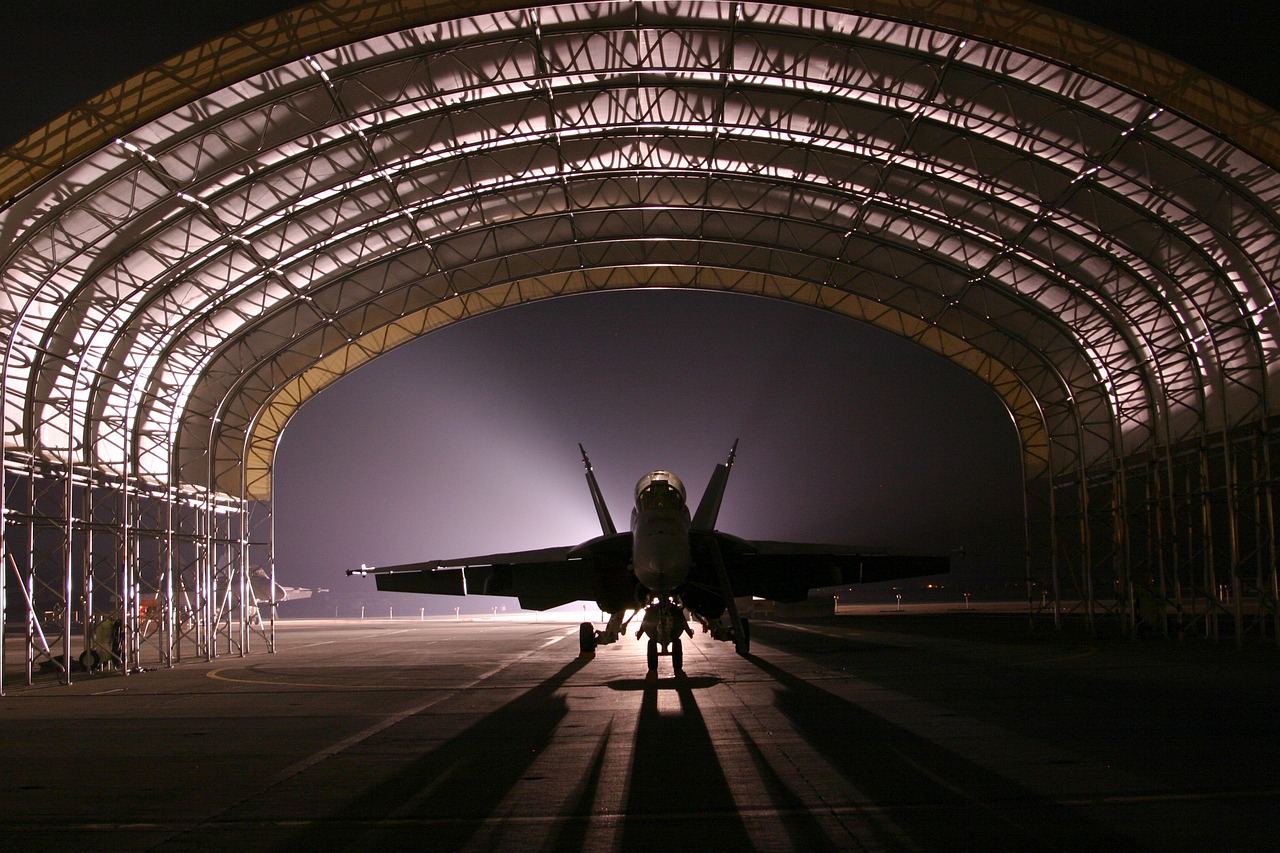
Ground Robots
Ground robots have revolutionized the way military operations are conducted, providing unparalleled support in various capacities. These remarkable machines, often equipped with advanced sensors and autonomous navigation systems, are designed to operate in a range of environments, from urban warfare to rugged terrains. Their versatility is one of their strongest suits, allowing them to perform tasks that would otherwise be too dangerous or challenging for human soldiers.
One of the primary roles of ground robots is in logistics. Imagine a scenario where supplies need to be delivered to troops stationed in a remote area under enemy surveillance. Here, ground robots can transport essential equipment and provisions without putting human lives at risk. They can navigate through hostile environments, avoiding obstacles and detecting threats, all while ensuring that the mission is accomplished efficiently.
Another critical function of ground robots is in bomb disposal. These robots are equipped with specialized tools and cameras that allow them to safely approach and neutralize explosive devices. By using ground robots for bomb disposal, military personnel can maintain a safe distance from potential threats, significantly reducing the risk of casualties. The precision and reliability of these machines make them invaluable in high-stakes situations where human error could lead to disastrous consequences.
Additionally, ground robots play a vital role in reconnaissance missions. They can be deployed to gather intelligence in hostile territories, providing real-time data back to military commanders. This capability enhances situational awareness on the battlefield, allowing for informed decision-making. For instance, ground robots can scout an area, identify enemy positions, and relay this information without exposing soldiers to danger.
In summary, the integration of ground robots into military operations not only enhances efficiency but also significantly mitigates risks associated with human involvement in dangerous tasks. As technology continues to advance, we can expect these machines to become even more sophisticated, further transforming the landscape of modern warfare.
- What types of ground robots are used in military operations? Ground robots vary widely, including logistics robots, bomb disposal units, and reconnaissance drones, each designed for specific tasks.
- How do ground robots enhance safety for soldiers? By performing dangerous tasks such as bomb disposal and reconnaissance, ground robots reduce the need for human soldiers to enter high-risk areas.
- Are ground robots autonomous? Many ground robots operate autonomously, using advanced navigation systems and sensors to perform tasks without direct human control.
- What is the future of ground robots in the military? The future of ground robots looks promising, with advancements in artificial intelligence and machine learning expected to enhance their capabilities and operational effectiveness.

Benefits of Robotics in Military
The integration of advanced robotics into military operations has ushered in a new era of efficiency and effectiveness. One of the most significant benefits is the enhanced operational efficiency that these machines bring to the battlefield. Imagine a logistics system where supplies are delivered precisely when needed, without the risk of human error. Robotics streamline processes, enabling military units to focus on their core missions while robots handle the mundane yet critical tasks. For instance, automated supply drones can transport essential goods over hostile terrain, reducing the burden on human soldiers and ensuring timely support during operations.
Moreover, the use of robotics significantly mitigates risks to human soldiers. In combat scenarios, deploying robots for tasks such as bomb disposal or reconnaissance allows military personnel to stay out of harm's way. This is particularly crucial in high-stakes environments where every decision can mean the difference between life and death. By utilizing unmanned systems, military forces can conduct operations with greater safety, ultimately leading to a reduction in casualties. For example, ground robots equipped with bomb disposal technology can safely neutralize threats, protecting soldiers from explosive hazards.
In addition to these operational advantages, robotics enhance the capabilities of military forces by providing unparalleled situational awareness. Advanced sensors and cameras mounted on drones and ground robots allow for real-time data collection and analysis. This technology transforms how commanders make decisions on the battlefield. With access to immediate intelligence, military leaders can adapt their strategies swiftly, responding to dynamic threats as they arise. The result is a more agile and informed military force capable of executing complex missions with precision.
Furthermore, the scalability of robotic systems means that they can be deployed in various roles, from surveillance to combat support. This versatility is crucial in modern warfare, where the nature of conflicts is constantly evolving. For instance, unmanned aerial vehicles (UAVs) can be utilized for both reconnaissance missions and targeted strikes, demonstrating their multifaceted capabilities. The ability to adapt these machines for different tasks not only maximizes their utility but also ensures that military operations can be conducted more efficiently, saving both time and resources.
As military forces continue to embrace robotics, the potential for collaboration between humans and machines becomes increasingly apparent. By integrating human intelligence with robotic efficiency, military operations can achieve new heights of effectiveness. Imagine a battlefield where soldiers and robots work side by side, each complementing the other's strengths. This synergy not only enhances operational outcomes but also fosters innovation in military strategies and tactics.
In conclusion, the benefits of robotics in military operations are profound and far-reaching. They not only improve operational efficiency and reduce risks to personnel but also enhance situational awareness and adaptability in combat. As technology continues to evolve, the military's reliance on robotics will only increase, paving the way for a future where human-robot collaboration becomes the norm rather than the exception.
- What are the main benefits of using robotics in military operations?
The primary benefits include enhanced operational efficiency, risk mitigation for soldiers, improved situational awareness, and versatility in various roles.
- How do robotics reduce risks to human soldiers?
Robotics can perform dangerous tasks, such as bomb disposal and reconnaissance, keeping human soldiers safe from potential threats.
- What role do UAVs play in military operations?
UAVs are used for surveillance, reconnaissance, and combat operations, providing real-time data and enabling precision strikes.
- Can robots work alongside human soldiers?
Yes, the future of military operations includes collaboration between human operators and robots, enhancing overall effectiveness.
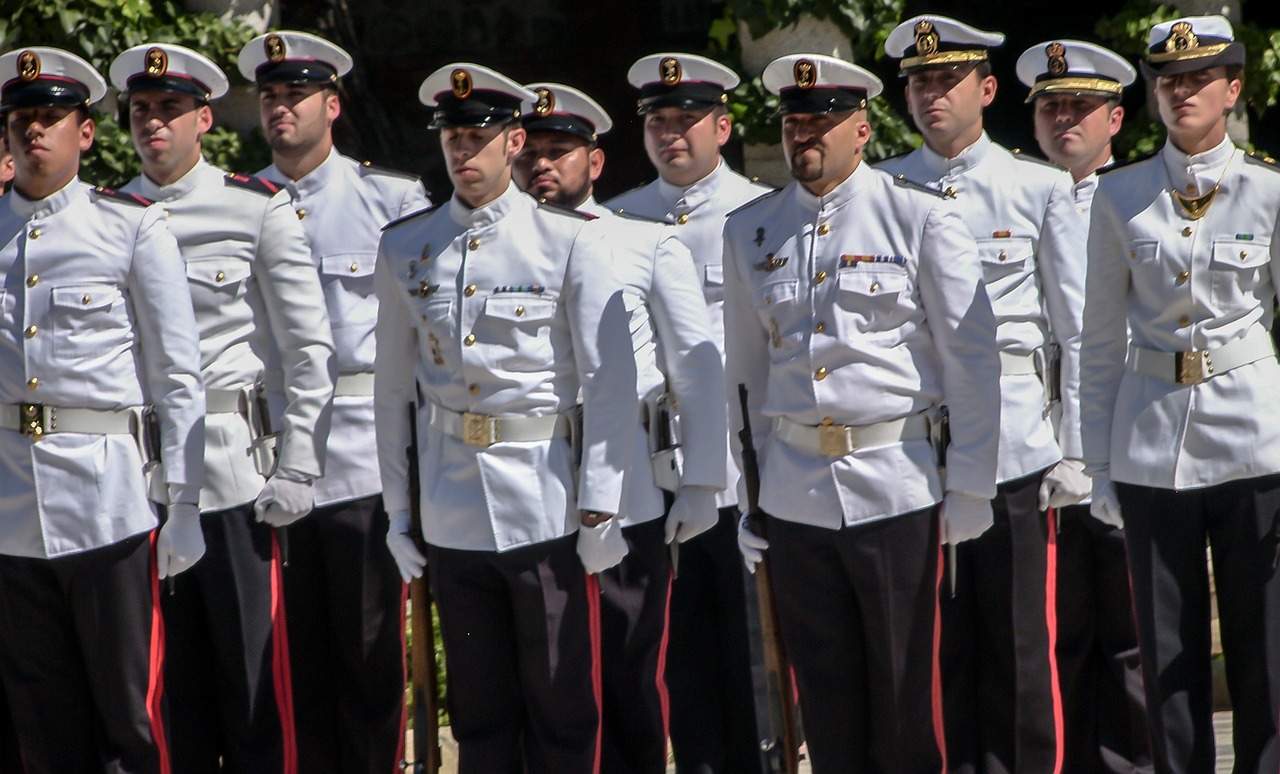
Enhanced Operational Efficiency
The integration of advanced robotics into military operations has ushered in a new era of operational efficiency. Imagine a battlefield where decisions are made faster, logistics are streamlined, and resources are allocated with pinpoint accuracy. This is not just a futuristic vision; it is the reality that military forces are beginning to experience today. With the advent of sophisticated robotic systems, the military can now execute complex operations with a degree of efficiency that was previously unimaginable.
One of the primary ways robotics enhance operational efficiency is through the automation of repetitive tasks. For instance, logistics robots can manage supply chains, transport equipment, and deliver essential supplies to the front lines without the need for human intervention. This not only frees up personnel to focus on more strategic roles but also ensures that critical resources are delivered promptly. The result? A more agile and responsive military force ready to adapt to the ever-changing dynamics of warfare.
Moreover, the use of unmanned systems for reconnaissance and surveillance has significantly improved intelligence-gathering capabilities. These robots can cover vast areas in a fraction of the time it would take human soldiers, providing real-time data that is crucial for effective decision-making. For example, UAVs equipped with advanced sensors can survey enemy positions, monitor troop movements, and even detect potential threats, all while keeping personnel out of harm's way. This capability dramatically reduces the time needed to analyze the battlefield, allowing commanders to make informed decisions quickly.
Additionally, robotics contribute to enhanced operational efficiency through improved communication and coordination. Many modern military robots are equipped with AI-driven systems that enable them to share data seamlessly with human operators and other machines. This interconnectedness ensures that all units are on the same page, minimizing the chances of miscommunication and errors. For example, a ground robot detecting an enemy position can instantly relay that information to UAVs and other ground forces, creating a synchronized response that can be executed in real-time.
Furthermore, the deployment of robotics in combat scenarios leads to faster execution of missions. With robots handling the most dangerous tasks—like bomb disposal or scouting ahead of troops—human soldiers can concentrate on tactical maneuvers. This division of labor not only increases mission success rates but also enhances overall safety. As a result, military operations become not just more efficient but also more effective, with lower risks of casualties.
In summary, the role of advanced robotics in enhancing operational efficiency cannot be overstated. By automating logistics, improving intelligence-gathering, facilitating communication, and allowing for quicker mission execution, military robotics are transforming the way modern warfare is conducted. The future of military operations looks brighter and more efficient, thanks to these technological marvels.
- How do military robots improve logistics?
Military robots automate the transportation of supplies and equipment, ensuring timely delivery and freeing up personnel for more critical tasks. - What role do UAVs play in enhancing operational efficiency?
UAVs provide real-time surveillance and reconnaissance, allowing commanders to make informed decisions quickly and accurately. - Can robots reduce casualties in military operations?
Yes, by taking on high-risk tasks, robots minimize the exposure of human soldiers to danger, thereby reducing potential casualties.
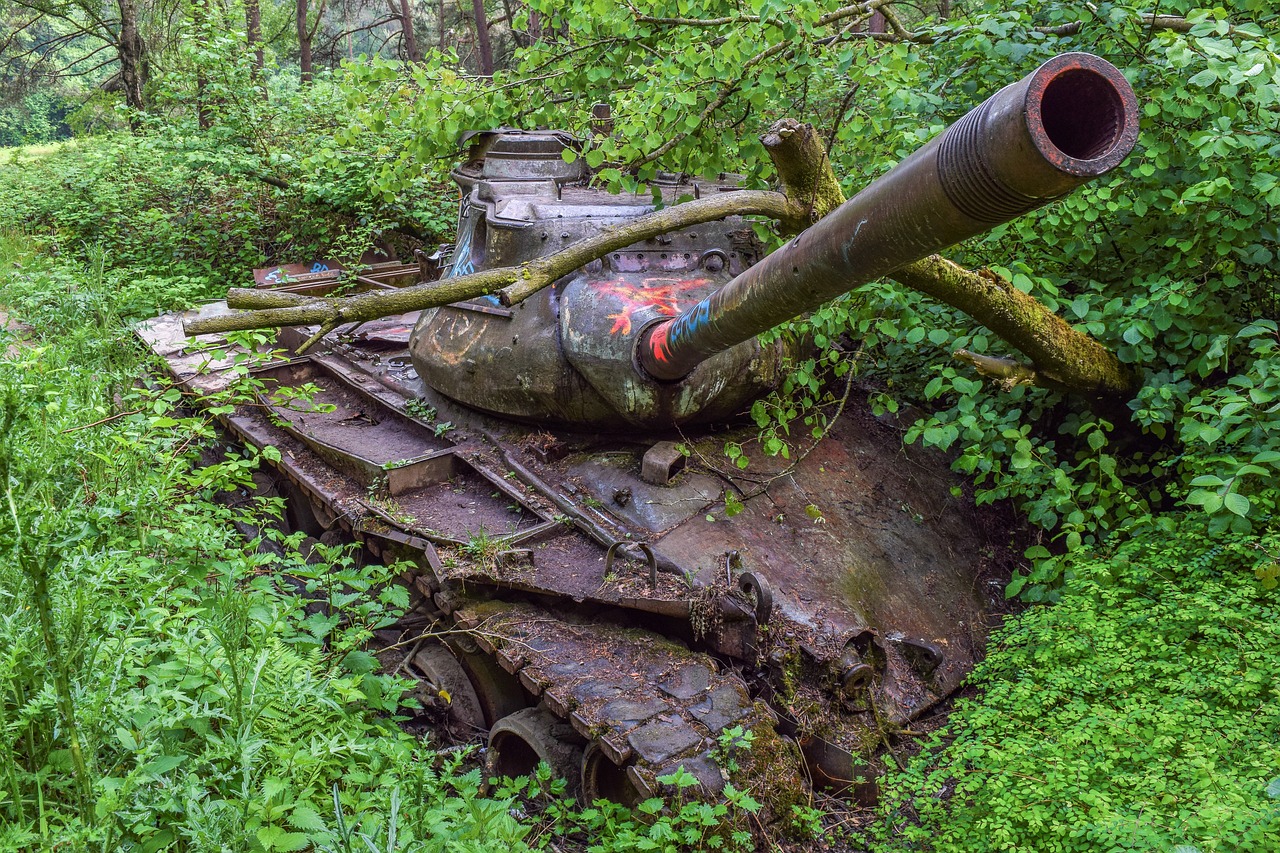
Risk Mitigation
In the high-stakes world of military operations, the safety of personnel is paramount. One of the most significant advantages of utilizing advanced robotics in the field is the they offer. By deploying robots in hazardous environments, military forces can effectively minimize the exposure of human soldiers to dangerous situations. Imagine sending a robot into a volatile area where landmines or enemy combatants may be lurking. This not only protects lives but also ensures that missions can proceed with greater confidence and less hesitation.
Robots can take on a variety of roles that traditionally put human soldiers in peril. For instance, bomb disposal robots are specifically designed to handle explosives, allowing trained personnel to remain at a safe distance. The deployment of these machines has dramatically reduced casualties in bomb disposal operations. According to recent data, the use of robotics in such missions has led to a 50% reduction in fatalities compared to conventional methods. This is a staggering statistic that highlights the profound impact of technology on military safety.
Furthermore, the integration of unmanned systems allows for real-time surveillance and reconnaissance without endangering soldiers. Drones, for example, can fly over enemy territory, gathering crucial intelligence while keeping pilots safely away from the frontline. This not only enhances the effectiveness of intelligence operations but also preserves the lives of those who would otherwise be exposed to enemy fire. The ability to gather data without putting personnel at risk is a game-changer in modern warfare.
Moreover, the psychological benefits of utilizing robotics cannot be overlooked. Knowing that advanced machines are handling the most dangerous tasks can significantly boost the morale of troops. When soldiers feel protected and supported by technology, they can focus more on their mission objectives rather than the fear of potential threats. This shift in mindset can lead to improved performance and decision-making on the battlefield.
However, while the advantages are clear, it is essential to acknowledge that the deployment of military robots is not without its challenges. Issues such as technical malfunctions and the need for thorough training in robotic operations must be addressed to maximize their effectiveness. Yet, the potential for robotics to mitigate risk remains a compelling argument for their continued integration into military operations.
- How do military robots reduce risks for soldiers?
Military robots can perform dangerous tasks such as bomb disposal and reconnaissance, allowing human soldiers to remain at a safe distance. - What types of missions benefit most from robotic technology?
Robotic technology is particularly beneficial in high-risk missions such as explosive ordnance disposal, surveillance, and reconnaissance. - Are there any psychological benefits to using robots in military operations?
Yes, the use of robots can boost troop morale by providing a sense of safety and support, allowing soldiers to focus on their missions without the constant fear of danger. - What challenges do military robots face?
Challenges include technical malfunctions, the need for robust training programs, and ethical considerations regarding autonomous decision-making.
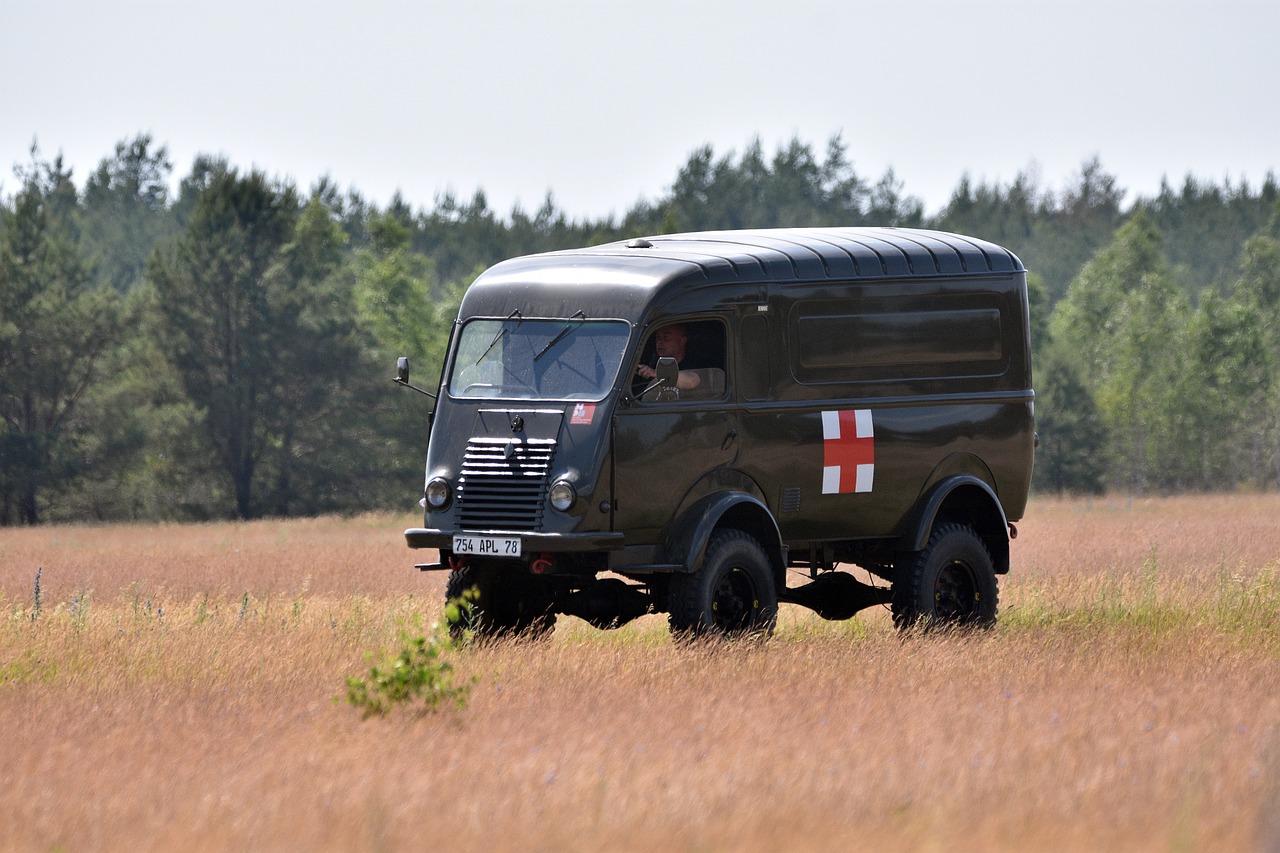
Challenges and Limitations
The integration of advanced robotics into military operations is not without its . While these technologies offer significant advantages, there are several hurdles that need to be addressed to ensure their effective deployment. One of the primary concerns is the technical challenges associated with the reliability and functionality of robotic systems. For instance, robots must operate in unpredictable environments and withstand various combat conditions. This requires robust engineering and continuous testing to ensure that they can perform under stress without failure.
Moreover, the communication issues between robots and human operators can pose serious risks. In the heat of battle, a loss of communication can lead to catastrophic outcomes, such as misidentification of targets or failure to execute commands. To mitigate these risks, military forces must invest in advanced communication technologies and protocols that ensure seamless interaction between humans and machines.
Another significant challenge is the ethical considerations surrounding the use of autonomous weapons. As robots take on more decision-making roles, questions arise about accountability in warfare. Who is responsible if a robot makes a mistake? The implications of autonomous decision-making are profound and necessitate a thorough examination of the moral and legal frameworks governing warfare. The military must grapple with these issues to establish guidelines that uphold ethical standards while leveraging the advantages of robotic systems.
Furthermore, there is the potential for cybersecurity threats. As military robots become more interconnected, they also become more vulnerable to hacking and cyber-attacks. A compromised robot could be manipulated to act against its intended purpose, posing a significant risk to operations and personnel. Therefore, robust cybersecurity measures are essential to protect these systems from malicious attacks.
Lastly, the cost of development and maintenance cannot be overlooked. While robotic systems can enhance operational efficiency, the initial investment in research, development, and training can be substantial. Military budgets are often tight, and allocating funds to advanced robotics may come at the expense of other critical areas. A careful balance must be struck to ensure that the benefits of robotics do not lead to financial strain on military resources.
- What are the main technical challenges faced by military robotics?
Technical challenges include reliability in harsh environments, communication issues, and the need for robust operational protocols to ensure effective integration into military operations.
- How do ethical considerations impact the use of military robots?
Ethical considerations raise questions about accountability and decision-making, especially regarding autonomous weapons and their potential consequences in warfare.
- What are the cybersecurity risks associated with military robotics?
As military robots become more interconnected, they are increasingly vulnerable to cyber-attacks, which could compromise their functionality and operational integrity.
- Is the cost of military robotics a significant barrier?
Yes, the initial investment in development, maintenance, and training can be substantial, necessitating careful budgeting and resource allocation within military forces.
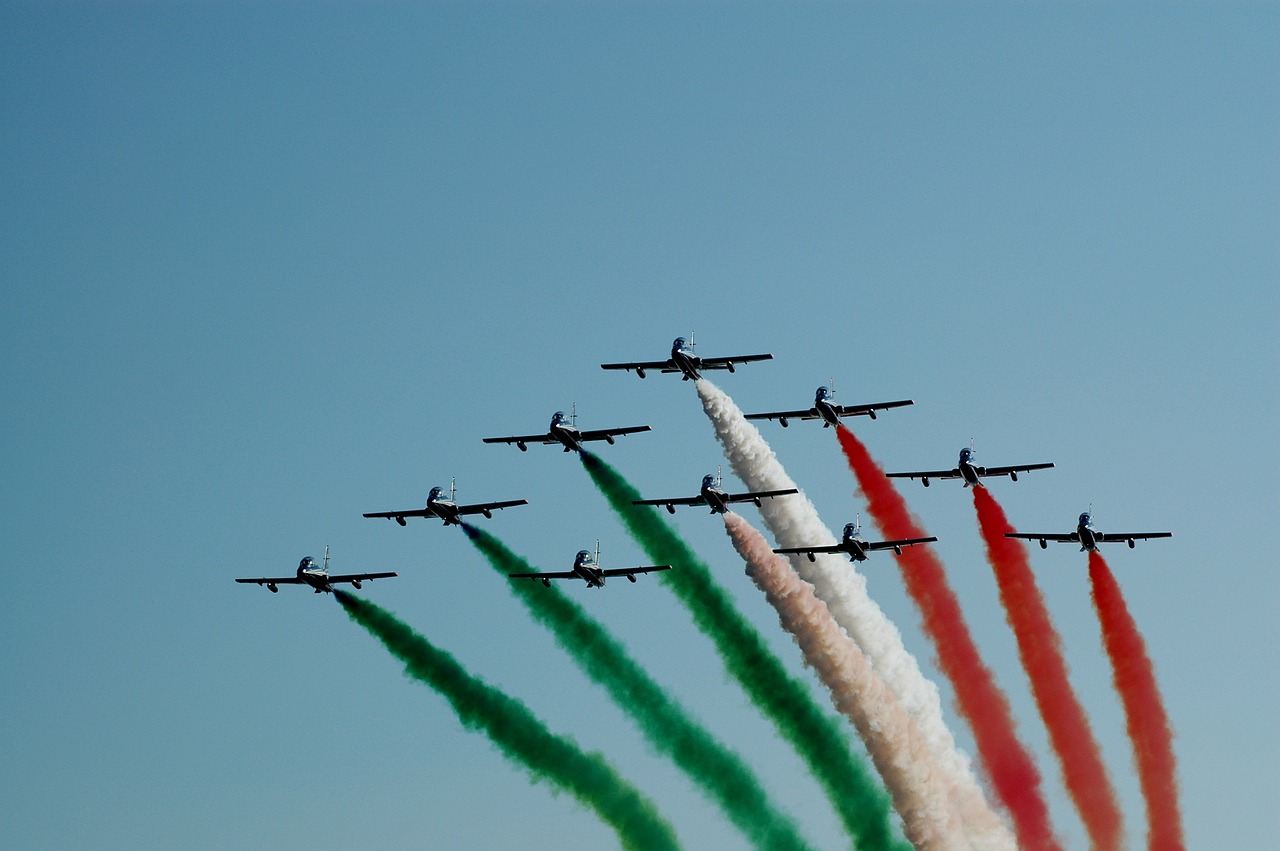
Technical Challenges
The integration of advanced robotics into military operations is not without its hurdles. As we forge ahead into a new era of warfare, the associated with military robotics demand our attention. One of the most significant issues lies in the reliability of these systems. Robots must operate flawlessly in high-stress environments where failure can lead to catastrophic consequences. Imagine a drone malfunctioning mid-mission; the stakes are incredibly high. Therefore, ensuring that these machines can withstand the rigors of combat is paramount.
Moreover, communication issues pose a substantial challenge. Military operations often occur in environments where traditional communication networks are compromised. This can severely impact the ability of robotic systems to receive commands or relay critical information back to human operators. The reliance on stable communication channels creates a vulnerability that adversaries could exploit, making it essential to develop robust, resilient communication technologies that can function even in the most challenging conditions.
Additionally, the interoperability of various robotic systems is another technical challenge that military forces face. With numerous manufacturers producing different types of robots, ensuring that these systems can work together seamlessly is crucial for effective operations. Just as a well-orchestrated symphony requires each musician to play in harmony, military robots must be able to communicate and coordinate with one another to achieve mission objectives. This can involve complex software integration and standardization of protocols, which often requires time and resources that may not be readily available.
Furthermore, the development and maintenance costs of advanced robotics can be prohibitively high. Investing in cutting-edge technology requires significant financial resources, and military budgets are often stretched thin. This leads to the question: How can military organizations balance the need for advanced robotics with budgetary constraints? It becomes a delicate dance of prioritizing funding and ensuring that the most effective technologies are deployed without breaking the bank.
In summary, while the potential of advanced robotics in military operations is exciting, it is essential to address these technical challenges head-on. By focusing on reliability, communication, interoperability, and cost management, military forces can pave the way for a more effective integration of robotics into their operations. The journey may be fraught with obstacles, but overcoming these challenges could lead to a future where military robotics play a pivotal role in ensuring national security.
- What are the main technical challenges in military robotics?
The primary challenges include reliability, communication issues, interoperability of systems, and development costs. - How do communication issues affect military robots?
Communication issues can hinder a robot's ability to receive commands and relay information, especially in compromised environments. - Why is interoperability important in military robotics?
Interoperability ensures that different robotic systems can work together effectively, enhancing mission success. - What is the impact of development costs on military robotics?
High development and maintenance costs can limit the adoption of advanced robotics, requiring careful budget management.
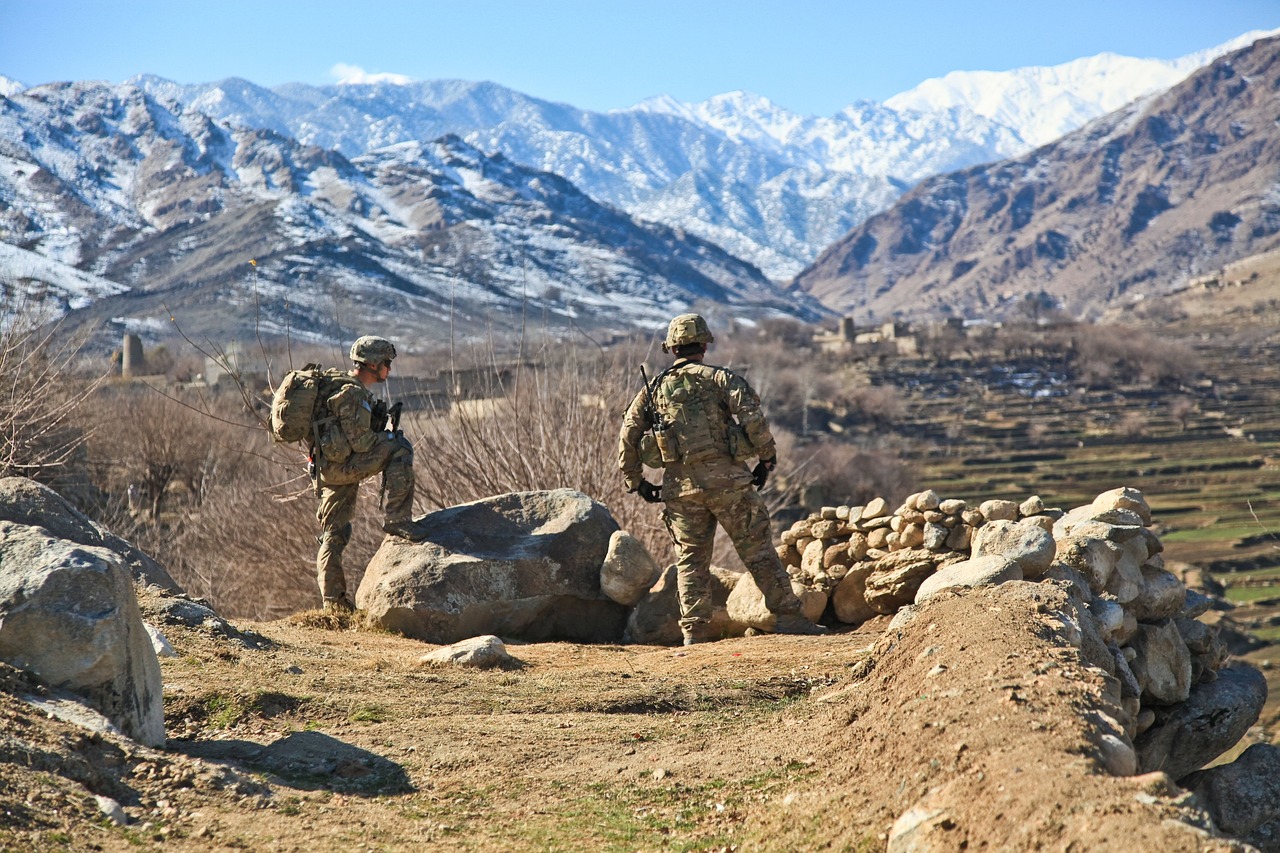
Ethical Considerations
The rise of advanced robotics in military operations brings with it a plethora of that demand our attention. As we embrace these technological advancements, we must also grapple with the moral implications of deploying machines in warfare. One of the most pressing concerns is the potential for autonomous weapons systems to make life-and-death decisions without human intervention. This raises significant questions about accountability: if a robot makes a mistake, who is responsible? The programmer? The military? Or the machine itself?
Another critical aspect is the potential for dehumanization in warfare. When soldiers rely on robots for combat, there’s a risk that the emotional and psychological toll of war could be diminished. In essence, does the use of robotics in combat make it easier to engage in warfare? This question echoes throughout military ethics discussions, as it challenges the very nature of what it means to wage war. The detachment that robots provide could lead to more frequent conflicts, as the barriers to entry are lowered.
Moreover, the issue of bias in artificial intelligence cannot be overlooked. Algorithms that govern military robots can reflect the biases of their creators. If these biases are not addressed, they could lead to unjust targeting or misidentification of threats, resulting in innocent casualties. As we integrate more artificial intelligence into military systems, the need for transparent and accountable algorithms becomes paramount.
To navigate these ethical waters, military organizations must establish robust operational protocols and guidelines. This includes:
- Defining clear rules of engagement for autonomous systems.
- Implementing oversight mechanisms to ensure accountability.
- Regularly assessing the ethical implications of robotic deployments.
In conclusion, while advanced robotics can enhance military effectiveness, we must tread carefully. The ethical dilemmas posed by such technologies require ongoing dialogue among military leaders, ethicists, and the public. As we look to the future, it is crucial that we prioritize ethical considerations alongside technological advancements to ensure that our military operations reflect our values.
- What are the main ethical concerns regarding military robotics?
The primary concerns include accountability for autonomous decisions, the potential dehumanization of warfare, and biases in AI algorithms. - How can military organizations address these ethical issues?
By establishing clear operational protocols, implementing oversight mechanisms, and regularly assessing the implications of robotic deployments. - What role does artificial intelligence play in military robotics?
AI enhances the capabilities of military robots, enabling them to make decisions autonomously and improve situational awareness.
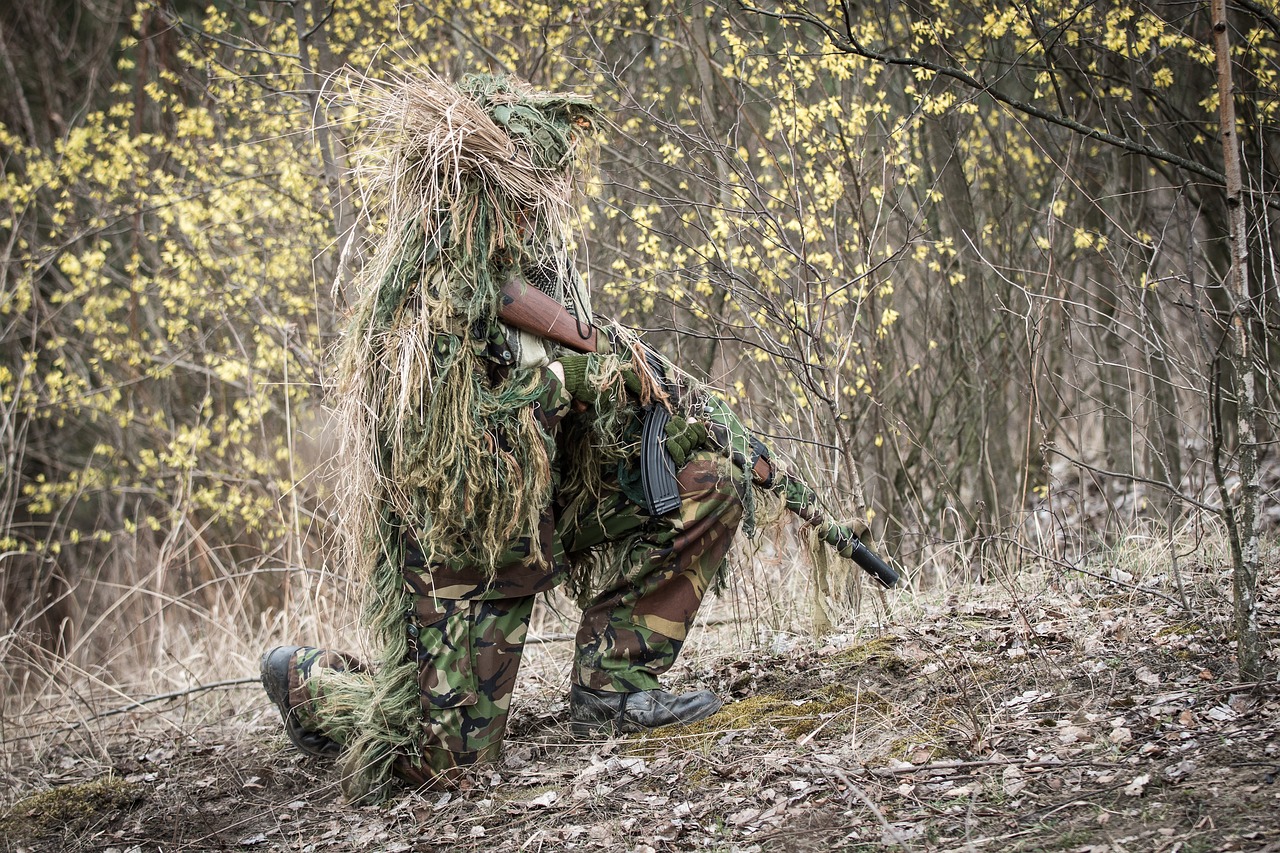
Future of Military Robotics
The future of military robotics is not just a concept; it’s a rapidly evolving reality that promises to reshape the battlefield in unprecedented ways. As we look ahead, the integration of emerging technologies such as artificial intelligence (AI) and machine learning will play a pivotal role in enhancing the capabilities of military robots. Imagine a world where robots can make autonomous decisions based on real-time data, adapting to ever-changing combat conditions. This isn't science fiction; it's the future of military operations.
One of the most exciting prospects is the integration of artificial intelligence into military robotics. AI can empower robots to analyze vast amounts of data quickly, enabling them to predict enemy movements and assess battlefield conditions with remarkable accuracy. For instance, consider a drone equipped with AI algorithms that can autonomously identify targets and assess risks without human intervention. This capability not only increases the efficiency of missions but also significantly reduces the cognitive load on human operators, allowing them to focus on strategic decision-making.
Moreover, the concept of collaborative systems is gaining traction in military robotics. This involves creating a seamless interface between human operators and robotic systems, allowing them to work together in harmony. Picture a scenario where ground troops are supported by drones that provide real-time intelligence and logistical support. These systems can enhance operational effectiveness and adaptability, especially in dynamic combat environments. The synergy between human intuition and robotic precision can lead to more effective mission outcomes, ultimately saving lives and resources.
However, as we embrace these advancements, we must also consider the implications of such technologies. The potential for autonomous systems to make life-and-death decisions raises critical ethical questions. Who is responsible when a robot makes a mistake? How do we ensure accountability in warfare? These questions are not trivial; they demand serious consideration as we move forward into this new era of military robotics.
In summary, the future of military robotics is bright and filled with potential. With the integration of AI and the development of collaborative systems, we are on the brink of a transformation that will enhance defense capabilities and operational efficiency. Yet, it is crucial to navigate the ethical landscape carefully, ensuring that as we innovate, we also uphold the values that guide our military operations.
- What are the main benefits of military robotics? Military robotics enhance operational efficiency, reduce human risk, and improve decision-making capabilities.
- How does artificial intelligence improve military robots? AI allows robots to analyze data quickly, make autonomous decisions, and adapt to changing conditions on the battlefield.
- What ethical concerns are associated with military robotics? The use of autonomous weapons raises questions about accountability, decision-making, and the potential for unintended consequences.
- What role do collaborative systems play in military operations? Collaborative systems enable human operators and robots to work together, enhancing effectiveness and adaptability during missions.
- What is the future outlook for military robotics? The future is poised for significant advancements, particularly in AI integration and the development of more sophisticated collaborative systems.
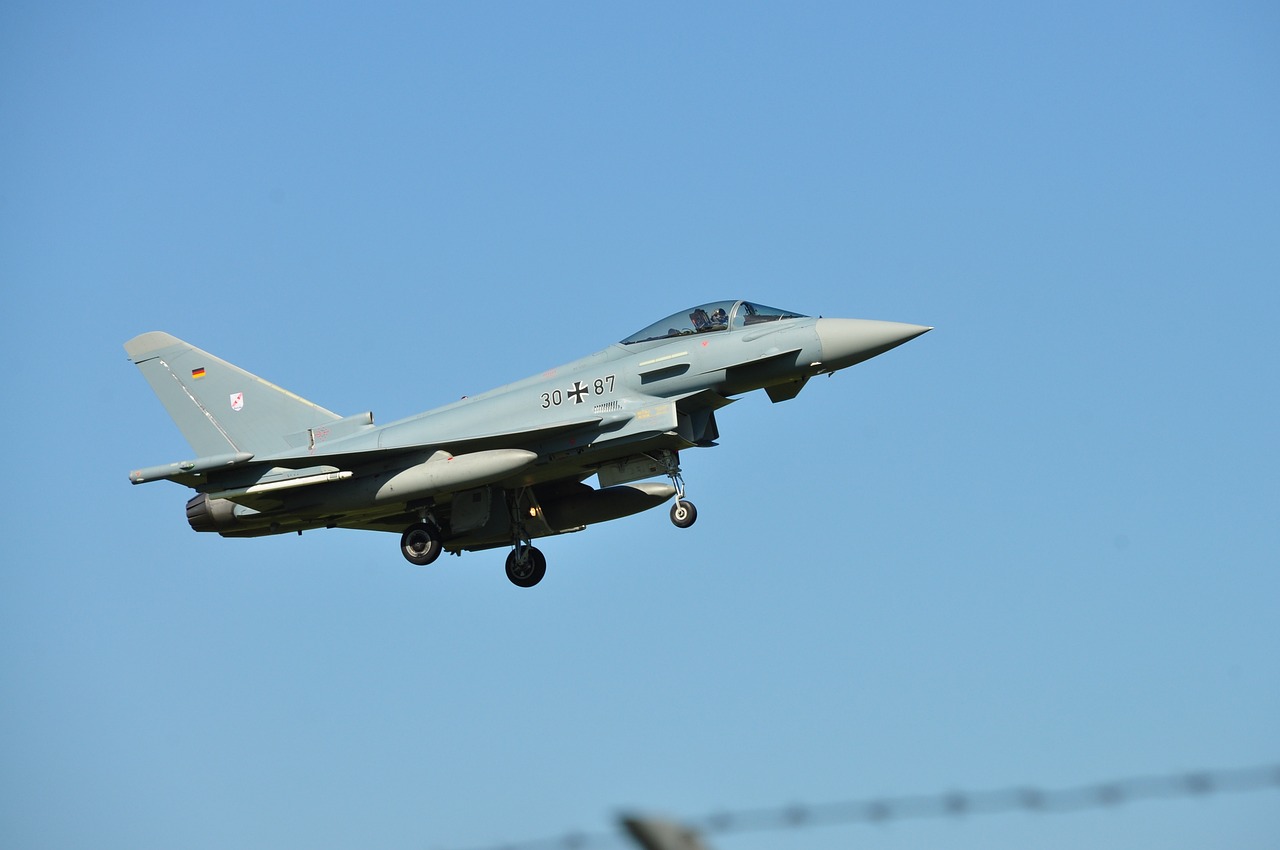
Artificial Intelligence Integration
As we stand on the brink of a technological revolution, the integration of artificial intelligence (AI) into military robotics is transforming the landscape of warfare in unprecedented ways. Imagine a battlefield where machines not only assist human operators but also make autonomous decisions based on real-time data. This is not science fiction; it is the future of military operations. AI enhances the capabilities of military robots, enabling them to process vast amounts of information quickly, recognize patterns, and respond to changing conditions on the ground.
One of the most significant advantages of AI integration is the ability to improve situational awareness. Advanced algorithms allow military robots to analyze data from various sources, such as satellite imagery, drone feeds, and ground sensors. This capability provides commanders with a comprehensive view of the battlefield, allowing for more informed decision-making. For instance, an AI-equipped drone can identify enemy positions and relay this information in real-time, significantly enhancing the operational tempo. As a result, military leaders can adapt strategies on the fly, responding to threats with agility that was previously unattainable.
Moreover, AI can facilitate autonomous decision-making, which is particularly crucial in high-stakes environments. For example, in combat scenarios where every second counts, AI-driven robots can assess threats and execute pre-defined protocols without waiting for human intervention. This not only speeds up response times but also reduces the cognitive load on human operators, allowing them to focus on higher-level strategic planning. However, this capability raises important questions about accountability and ethics, particularly when it comes to autonomous weapons systems.
To illustrate the potential impact of AI in military robotics, consider the following table showcasing key areas where AI integration is making a difference:
| Area of Impact | AI Contribution |
|---|---|
| Surveillance | Real-time data analysis and threat identification |
| Logistics | Optimized resource allocation and supply chain management |
| Combat | Autonomous targeting and precision strike capabilities |
| Training | Simulated environments for enhanced soldier readiness |
As we delve deeper into the future of military robotics, the potential for collaborative systems becomes evident. Picture a scenario where human operators and AI-driven robots work in tandem, each complementing the other's strengths. This synergy can lead to enhanced operational effectiveness, allowing military forces to adapt to dynamic combat environments seamlessly. In this collaborative model, robots can handle routine tasks, freeing up human soldiers to engage in more complex decision-making processes.
In summary, the integration of AI into military robotics is not just a technological upgrade; it is a paradigm shift that promises to redefine how we approach warfare. As we continue to explore the possibilities, it is essential to navigate the accompanying ethical considerations and ensure that these powerful tools are used responsibly. The future of military operations is bright, and with AI at the helm, we can expect greater efficiency, improved safety, and enhanced mission success rates.
- How does AI improve military operations? AI enhances efficiency, situational awareness, and decision-making speed, allowing military forces to respond more effectively to threats.
- What are the ethical concerns surrounding AI in warfare? Ethical concerns include accountability for autonomous actions, potential misuse of technology, and the implications of decision-making in life-and-death scenarios.
- Can AI completely replace human soldiers? While AI can assist and enhance military operations, it is unlikely to completely replace human soldiers due to the need for human judgment in complex situations.
- What role does AI play in logistics? AI optimizes resource allocation, improves supply chain management, and enhances operational planning, ensuring that military units are well-equipped and ready to respond.
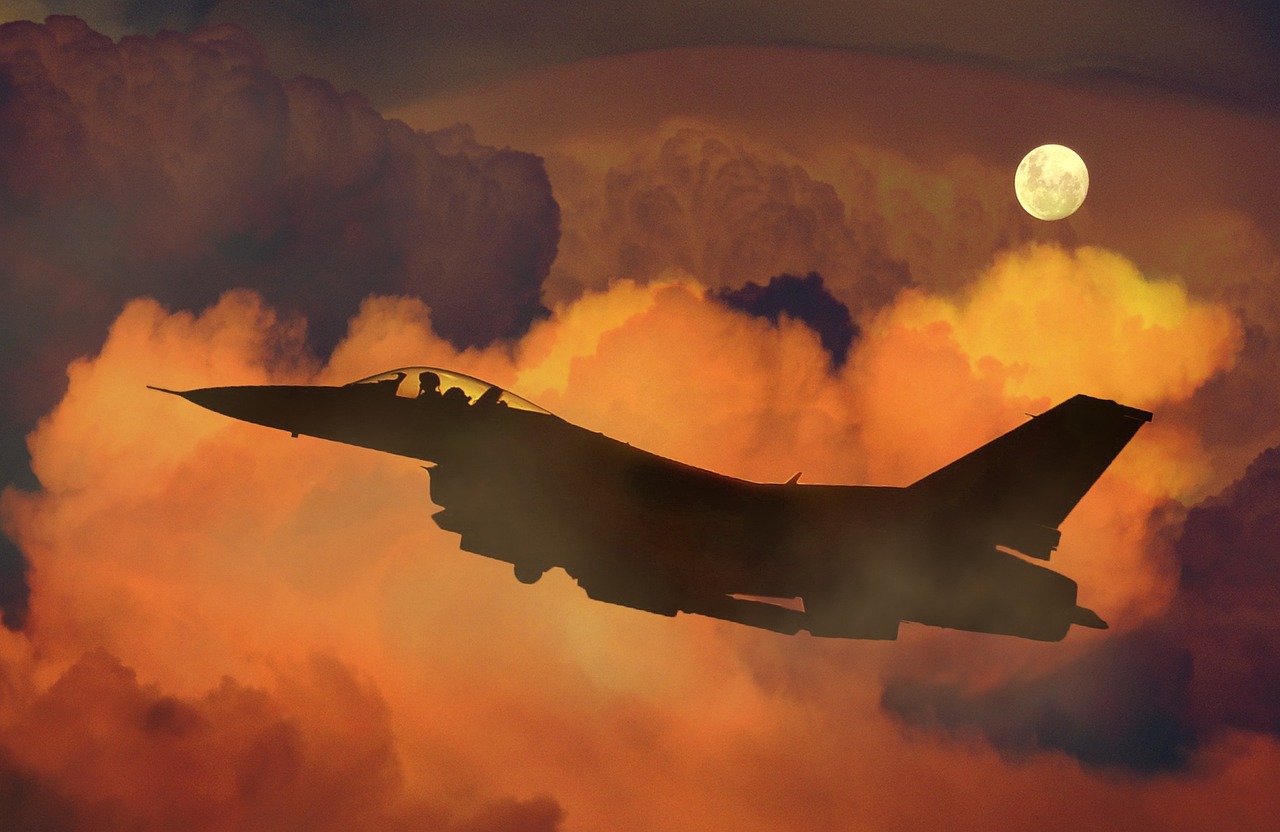
Collaborative Systems
In the rapidly evolving landscape of military operations, the concept of is becoming increasingly vital. Imagine a battlefield where human soldiers and advanced robots work together seamlessly, each complementing the other's strengths. This collaborative approach not only enhances operational effectiveness but also adapts to the dynamic nature of combat environments. By integrating human intuition and decision-making with the precision and endurance of robots, military forces can achieve unprecedented outcomes.
One of the most exciting aspects of collaborative systems is the potential for real-time communication between human operators and robotic units. This communication is facilitated by advanced technologies such as artificial intelligence (AI) and machine learning, which enable robots to analyze data and make decisions almost instantaneously. For instance, a soldier on the ground can receive live updates from an unmanned aerial vehicle (UAV) or a ground robot, allowing for informed tactical decisions based on real-time intelligence.
Moreover, these systems can be designed to operate in a swarm-like manner, where multiple robots coordinate their actions to accomplish complex tasks. This is akin to how a flock of birds moves in unison, responding to the environment and each other. In military terms, this means that a group of drones could simultaneously survey an area, identify threats, and relay critical information back to command centers. Such coordinated efforts can significantly enhance situational awareness and operational efficiency.
However, creating effective collaborative systems is not without its challenges. The integration of human and robotic forces requires rigorous training and robust operational protocols. Soldiers must be trained not only to operate these robots but also to trust their capabilities and understand their limitations. Furthermore, as robots take on more autonomous roles, ensuring that they adhere to ethical guidelines and operational rules becomes paramount. The balance between human oversight and robotic autonomy is a delicate one, but when achieved, it can lead to remarkable advancements in military strategy.
In conclusion, the future of military operations lies in the synergy between humans and robots. As technology continues to advance, the potential for to transform the battlefield becomes more tangible. By leveraging the unique strengths of both human operators and robotic units, military forces can navigate the complexities of modern warfare with enhanced efficiency, adaptability, and effectiveness.
- What are collaborative systems in military robotics?
Collaborative systems refer to the integration of human operators and robotic units working together to enhance operational effectiveness in military operations. - How do collaborative systems improve decision-making?
These systems allow for real-time communication and data sharing between humans and robots, enabling informed tactical decisions based on current battlefield conditions. - What challenges do collaborative systems face?
Key challenges include the need for rigorous training for soldiers, ensuring ethical guidelines are followed, and maintaining effective human-robot interaction. - Can robots operate autonomously in military operations?
Yes, many robots can operate autonomously, but they require human oversight to ensure they adhere to operational protocols and ethical standards.
Frequently Asked Questions
- What are the main types of military robots?
The main types of military robots include Unmanned Aerial Vehicles (UAVs), ground robots, and underwater drones. Each type serves unique functions, such as surveillance, logistics, bomb disposal, and reconnaissance, enhancing operational capabilities in various combat scenarios.
- How do UAVs enhance military operations?
UAVs significantly enhance military operations by providing real-time surveillance and reconnaissance data, which improves situational awareness for commanders. They also conduct precision strikes, reducing the risk to human pilots and minimizing collateral damage during missions.
- What are the advantages of using robotics in military settings?
Robotics in military settings offer numerous advantages, including increased operational efficiency, reduced risk to human soldiers, and improved logistics. By streamlining processes and facilitating faster decision-making, robots contribute to more effective mission outcomes.
- What challenges do military robots face?
Military robots face several challenges, such as technical issues like reliability and communication hurdles. Additionally, ethical considerations regarding the use of autonomous weapons raise questions about accountability and decision-making in warfare.
- What is the future of military robotics?
The future of military robotics looks promising, with advancements in artificial intelligence set to enhance the capabilities of these machines. We can expect collaborative systems where human operators and robots work together seamlessly, improving adaptability and operational effectiveness in dynamic combat environments.



